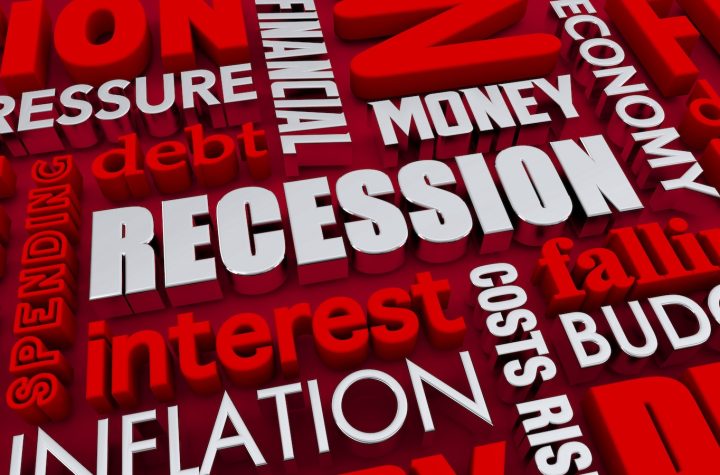
In the tumultuous economic landscape of recent years, The War on Prices, edited by Ryan Bourne, offers a crucial critique of widely held misconceptions about inflation and the role of market prices. This anthology, featuring chapters with insights from leading economists, targets the myths and misunderstandings that drive damaging price control policies during inflationary periods and beyond.
Central Argument: The Free Market as an Efficient Price Setter
The anthology strongly advocates for the importance of market-driven price signals versus government-imposed price controls, highlighting that prices are essential indicators of relative scarcity. It argues that market-set prices, rather than those mandated by government entities, are instrumental in aggregating our subjective values, thus fostering an optimal allocation of resources.
The War on Prices underscores that price formation is inherently a bottom-up process driven by countless individual market interactions, contrasting sharply with the top-down approach often attributed to government or large corporations’ influence. This distinction is vital for debunking the common narrative that attributes high prices solely to corporate greed or market failures.
Indeed, a significant theme of The War on Prices is the refutation of the idea that corporate greed drives inflation. The anthology explains that one firm’s corporate power would, absent implausible cross-sector collusion, affect relative prices and not the overall price level. Firms are constrained in what they can charge by competition and consumers’ willingness and ability to pay. In 2021 and 2022, profits and prices went up together, not because corporations became greedier or more powerful but because a money supply surge produced more unexpected spending, which drove up retail prices faster than firms’ costs.
Inflation: Misunderstood and Mismanaged
The book meticulously differentiates between relative price changes — often misconstrued as inflation — and the general level of prices, which is influenced predominantly by Federal Reserve policies. The contributors illustrate how inflation is a consequence of the Federal Reserve’s excessive money creation, not corporate actions. They clarify that what often passes for inflation in public discourse is relative price changes driven by supply and demand dynamics, not a generalized increase in the price level.
Echoing Milton Friedman’s famous statement that “inflation is always and everywhere a monetary phenomenon,” the contributors highlight the Federal Reserve’s role in recent inflationary trends through its effective monetization of massive federal deficits. This process, involving the purchase of government debt, not only injects more money into the economy but also dilutes the value of existing money, thereby exacerbating inflation.
Historical Insights on Government Interventions
Through detailed historical analysis of price controls in the ancient world, World War II, and the Nixon era, the anthology demonstrates how government interventions have failed to control inflation and caused significant economic distortions instead. These examples caution against the recurrence of such policies, which have been percolating around Washington, DC, in a milder form through new proposals for federal anti-price gouging legislation and clampdowns on junk fees.
While no one has yet advocated for full-blown price and wage controls, confusing relative prices and the general level of prices was behind the misguided belief that the green subsidies in the Inflation Reduction Act and Lina Khan’s clampdown on mergers would reduce inflation. The book argues that these policies, rather than addressing the underlying causes of inflation, often worsen the problems by further misallocations of resources. This discussion is pivotal in illustrating how contemporary policy initiatives continue to misunderstand and mishandle economic fundamentals.
The Inflation Reduction Act’s green energy subsidies and tax incentives, intended to tackle climate change, contribute to increased federal spending and greater debt. This increase in federal debt gives the Federal Reserve more Treasury securities to purchase, which expands the money supply and fuels inflation. Moreover, the FTC’s aggressive policies under Lina Khan add layers of uncertainty for businesses, making decisions less about economic efficiency and more about navigating governmental whims. This stifles innovation and economic growth, ultimately hindering prosperity and raising specific prices.
Advocating for Policy Reforms: Minimal Government Interference
The book advocates for a substantial policy shift toward minimal governmental interference, allowing market mechanisms to function unimpeded. Sadly, we are moving in the opposite direction. Not only has this inflation led to misguided policy demands, but price controls in individual markets are proliferating. Federal, state, and local governments now control rents, minimum wages, small loan interest rates, prices in emergencies, credit card late fees, and more. If some Democrats had their way, they’d also control airline seating charges, hotel resort fees, and firms’ ability to shrink products in packages.
The War on Prices is an academic critique and a call to action for policymakers, economists, and the informed public to reject such price controls. It extols the virtues of a free-market price system in avoiding the shortages, black markets, and quality deteriorations that come with government price caps. This comprehensive analysis equips readers with the knowledge to advocate for policies that promote economic stability and growth.


More Stories
French Exports to Avoid: Wealth Taxes
10 Ways to Close the Tax Evasion Gap
Should the Fed Get Credit for Lower Inflation?